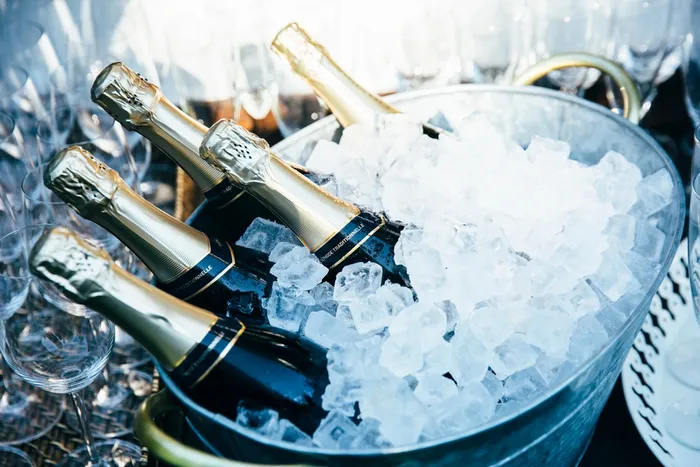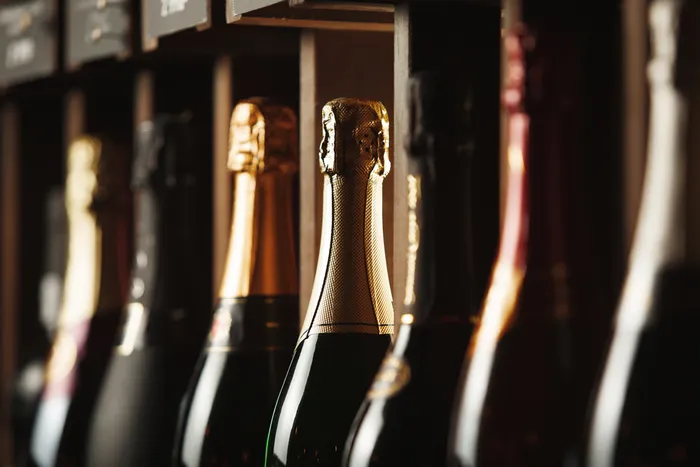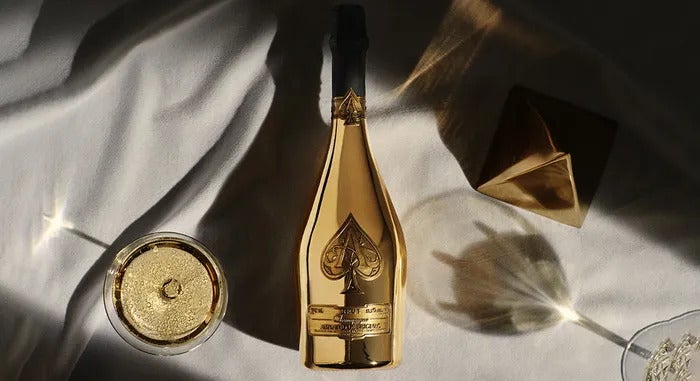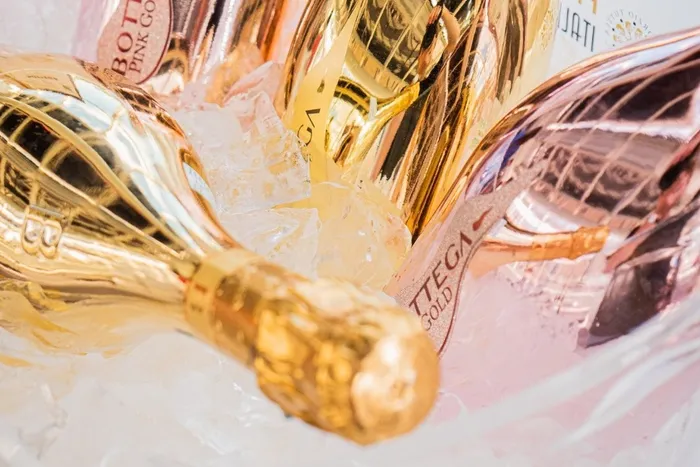There are no results that match your search.
Wine • 5 min • 03.08.2024
Is Champagne Considered a Type of Wine? Differences in Region, Variety, and Use

Champagne, a sparkling wine synonymous with elegance and jubilation, has a rich history that spans centuries. Originating from the Champagne region in northeastern France, this effervescent elixir has captivated palates and hearts around the globe. The story of Champagne begins in the annals of winemaking, where innovative techniques emerged from the challenges faced by winemakers in the Champagne region. The 17th century marked a turning point when trapped carbon dioxide in bottled wines created the iconic bubbles that define Champagne.
Is Champagne a Wine or Spirit?
Champagne is classified as a wine rather than a spirit. Wine is made through the fermentation of grape juice, and Champagne is made from specific grape varieties using traditional winemaking methods. It undergoes a second fermentation in the bottle to create its bubbles.
Spirits, on the other hand, are produced through distillation, which involves a variety of grains separating alcohol from fermented liquids. Champagne's classification as a wine is evident in its production process, grape varietals, and characteristics.
The Characteristics of Sparkling Wine
Champagne is indeed classified as a type of sparkling wine, which means that it falls under the broad category of wines that have carbonation or bubbles. However, it is crucial to understand this:
While all Champagne is sparkling wine, not all sparkling wine is Champagne. This is due to the regional designation and strict regulations that protect the term "Champagne."
Other types of sparkling wine include Prosecco from Italy, Cava from Spain, and Sekt from Germany. Each of these sparkling wines has its own unique characteristics and production methods, offering a diverse range of flavours and styles.
What Is the Difference Between Wine and Champagne?
The primary distinction lies in the fact that "Champagne" refers specifically to sparkling wine produced in the Champagne region of France, following a second fermentation process in the bottle, called the méthode champenoise or méthode traditionnelle. The regional designation is legally protected to maintain the integrity and authenticity of champagne. Despite the distinction, confusion arises as some erroneously apply the term "Champagne" to sparkling wines produced outside the Champagne region. This misnomer blurs the line between champagne and other sparkling wines such as prosecco or cava, which boast their unique production methods and regional identities.
Champagne and "regular" wine also differ in several other aspects:
- Effervescence While champagne is known for its sparkling nature and lively bubbles, regular wine is still or non-sparkling. Champagne achieves its carbonation through the second fermentation process, giving it its characteristic effervescence.
- Grape varieties Champagne typically utilizes specific grapes such as chardonnay, pinot noir, and pinot meunier, which impart distinct flavors and characteristics. In contrast, regular wine encompasses these grapes, combinations of such, and many more, depending on the desired style and region.
- Aging process Champagne often undergoes an extended aging process on the lees, resulting in complex and toasty flavors, while regular wines may have shorter aging periods or may not undergo aging at all after fermentation.
- Use and perception Champagne's association with celebrations and luxury is another difference, as it is commonly perceived as a wine for special occasions. Conversely, regular wines are more versatile and can be enjoyed in various settings and with different cuisines.
Champagne and Wine Are Connected and Different
The question of whether Champagne is a wine can often lead to confusion among people who are just getting started with wines. However, understanding and properly classifying Champagne as a type of wine can greatly enhance the enjoyment of the experience. While it shares some characteristics with "regular" wines, such as variations in colour, flavour, tannins, and aroma, it possesses unique qualities that set it apart from other wine categories. Its effervescence, specific grape varieties, production methods, aging on lees, and association with special occasions contribute to its distinctiveness.














